The Most Expensive Natural Disasters in US History
Wind, water, fire and drought have all wreaked havoc on the United States. What’s been the worst?
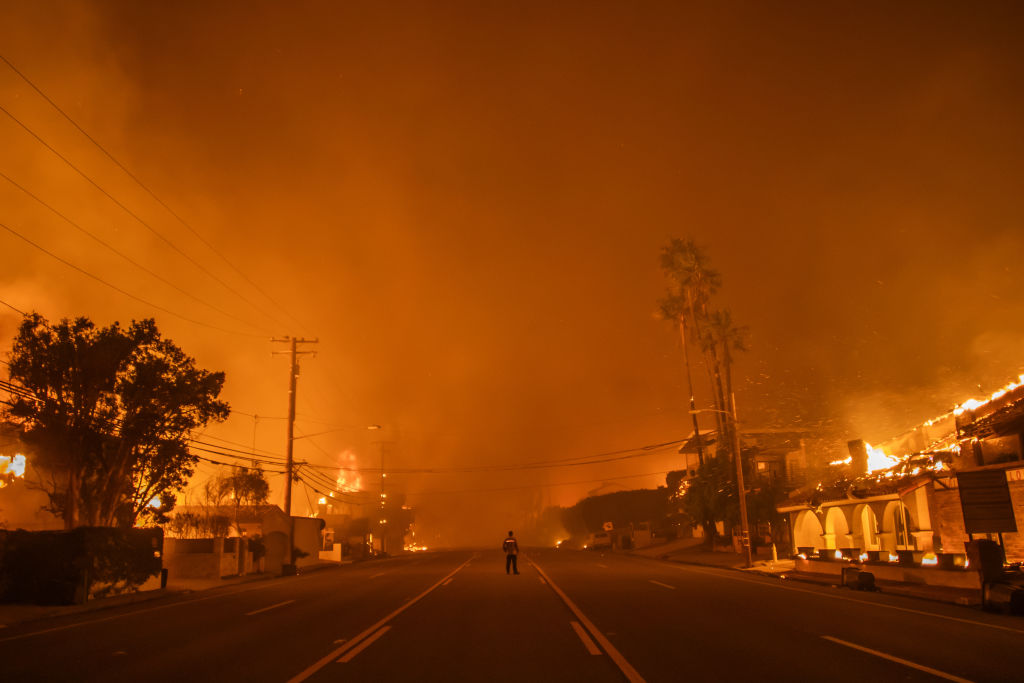

Alexandra Svokos
Wildfires are raging across the Los Angeles area, bringing crushing devastation as they demolish homes in their paths. In addition to loss of life and the emotional impact, these fires are bringing a clearly massive financial cost with them. Early estimates put the cost close to $50 billion, which would make this one of the costliest natural disasters in American history.
These fires come just three months after Hurricane Helene wreaked havoc on much of the East Coast, causing an estimated $78.7 billion in damage and becoming the seventh most expensive natural disaster in the U.S. Hurricanes have historically been the most expensive natural disasters in U.S. history, with cyclonic storms making up the first nine in our list. Storm surge (damage from which is not covered by homeowner’s insurance and may require flood insurance) is the main source of hurricanes' damage.
In fact, six of the top 10 most expensive natural disasters in the U.S. happened in the last 10 years, including three that happened since 2020. (Since we don't yet know the full extent of damage as fires are still burning in California, this list does not include the 2025 California wildfires.) Climate change, including rising global surface temperatures, increases the likelihood of more intense storms and the risk of more and larger wildfires.
Take a look here at the 12 most expensive natural disasters in U.S. history.
Estimated cost and death figures are from the NOAA’s National Centers for Environmental Information. Estimated costs are adjusted for inflation.
U.S. Billion-Dollar Weather and Climate Disasters. https://www.ncei.noaa.gov/access/billions/, DOI: 10.25921/stkw-7w73
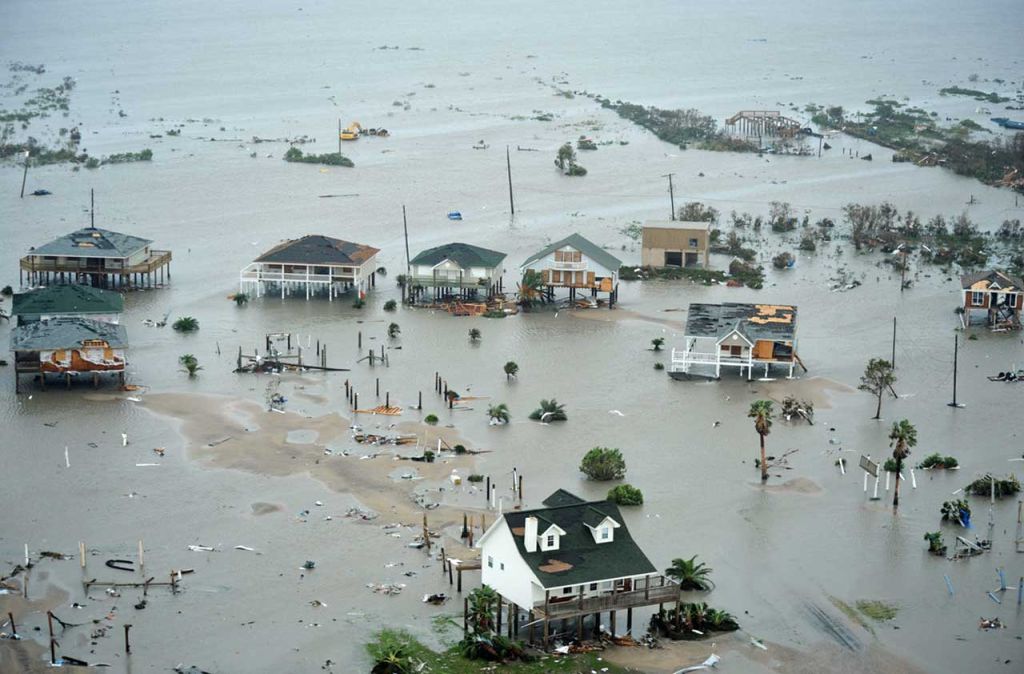
12. Hurricane Ike (2008), $43.2 billion in damage
Deaths: 112
Hurricane Ike was only a Category 2 hurricane when it struck land in September 2008, but its size was exceptional.
Tropical-force winds extended a total of 425 miles from the northwest to the southeast as the eye came across Texas, bringing a destructive and deadly storm surge across the Texas and southwest Louisiana coasts.
That area is home to extensive oil and gas drilling, along with associated industries, and the storm resulted in severe gasoline shortages in the southeast U.S. due to damaged oil platforms, storage tanks, pipelines and refineries. Fuel prices across the country — and into Canada — spiked.
Many waterfront communities, including Galveston, Texas, and the nearby Bolivar Peninsula, were hit hard. Even the Houston Texans’ NFL home opener had to be delayed due to damage to Reliant Stadium.
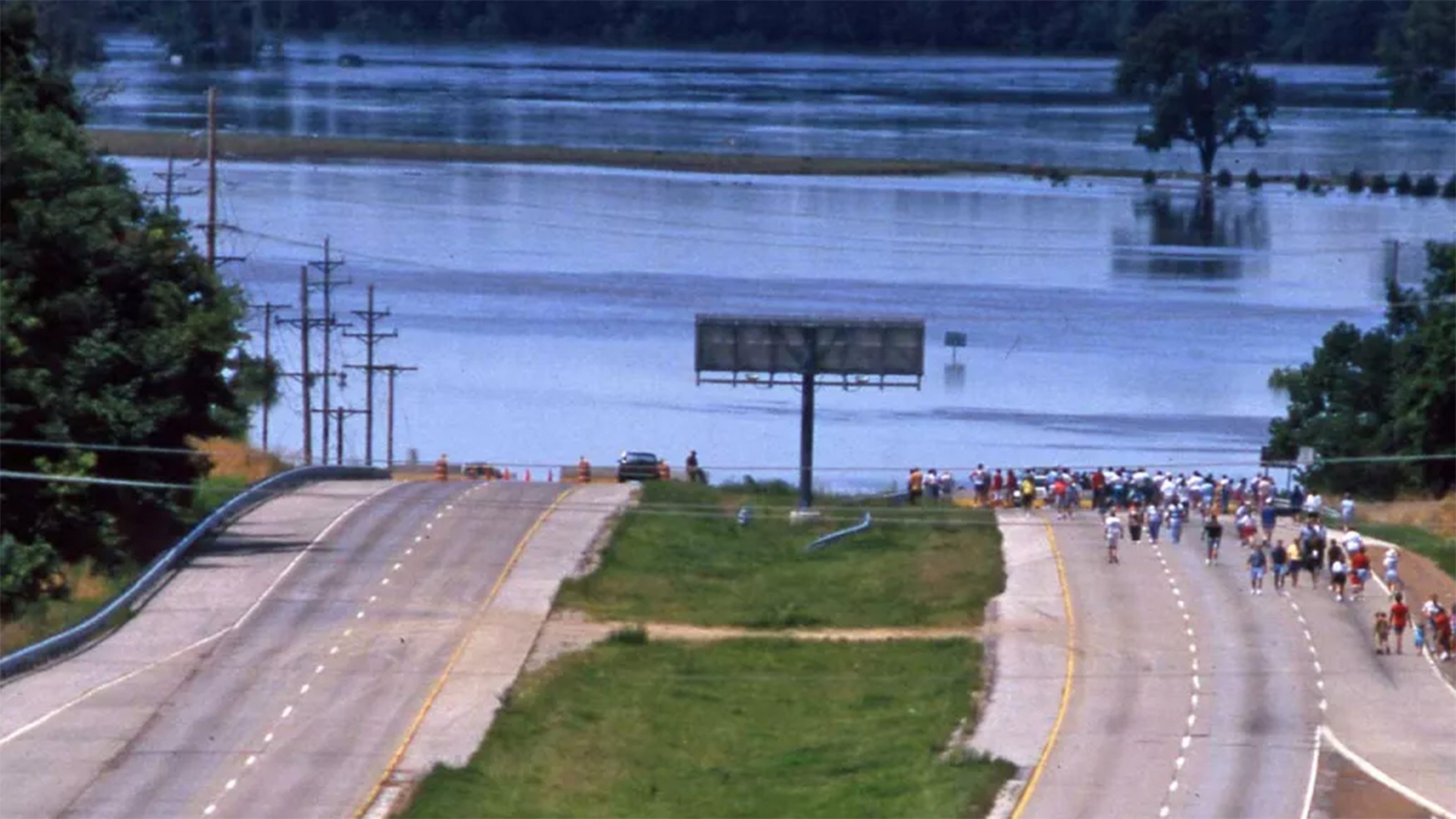
11. Great Flood of 1993, $46.3 billion in damage
- Deaths: 48
Storms get official names from the U.S. government; floods don’t. But the persistent heavy rains and thunderstorms that swelled the Mississippi and Missouri rivers and their tributaries became known as the Great Flood of 1993. The National Weather Service considers it the "largest and most significant flood event ever to occur in the United States."
A huge swath of the Midwest was affected, and much of the river economy was shut down. Barge traffic was stopped for two months. Major bridges across the Missouri and Mississippi were out or inaccessible. Even commercial airports were flooded. And millions of acres of farmland were underwater.
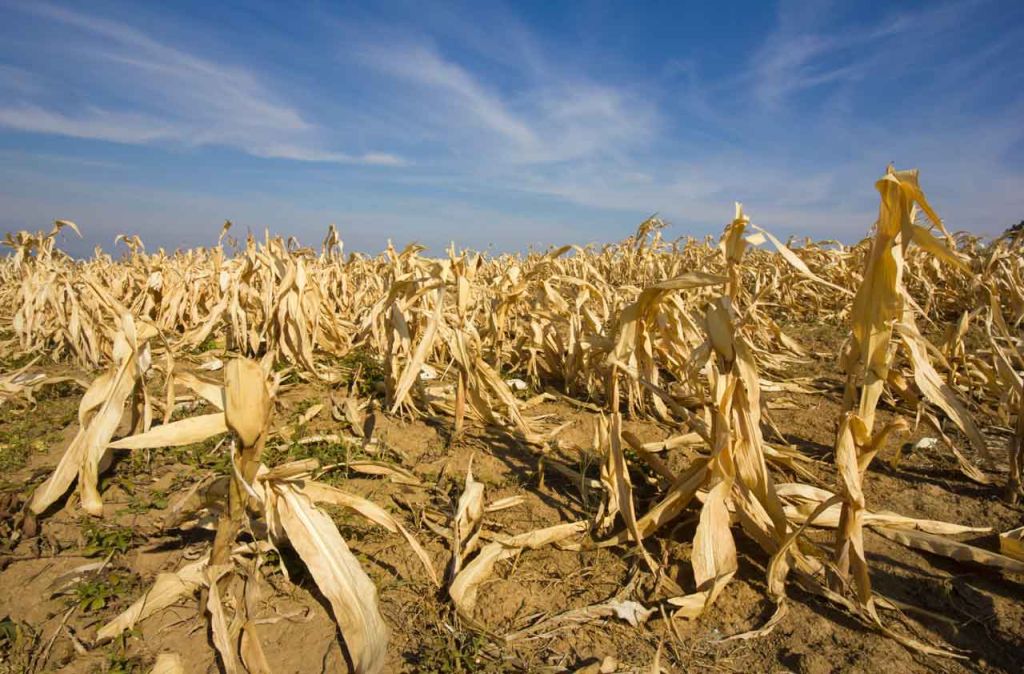
10. Drought and heat wave (1988), $54.6 billion in damage
- Deaths: 454
1988’s drought struck a large portion of the U.S., with severe losses to agriculture and related industries; the upper Midwest was particularly hard hit. Eleven states officially declared all of their counties disaster areas.
The combined flow of the three largest rivers in the lower 48 states — the Mississippi, St. Lawrence and Columbia — was 45% below normal in June, marking the lowest combined June flow in 60 years, according to a report by NOAA. Combined direct and indirect deaths due to heat stress were estimated at 5,000. Regional impacts of the drought lasted into 1999.

9. Hurricane Andrew (1992), $60.5 billion in damage
- Deaths: 61
Hurricane Andrew was a compact but incredibly powerful cyclone — one of only four storms to hit the U.S. as a Category 5, with winds of 157 mph or higher. And it was those winds, rather than the storm surge, that did most of the damage to South Florida in August 1992, peeling the paint off buildings, pulling trees and utility poles from the ground, and flipping cars and semi-trailers. Among the locations damaged: NOAA’s own meteorological lab, on Key Biscayne, just outside Miami.
Andrew gave the region little time to prepare. The first storm of the season, it weakened so significantly as it headed west across the Atlantic that the National Hurricane Center almost stopped tracking it. But then it set a course for land and blew up to its peak strength in less than 36 hours.
Memorable images from this storm include the almost-complete devastation of the town of Homestead, Fla. The nearby Homestead Air Force Base, pictured above, also suffered heavy damage (it today functions as an Air Force Reserve location. The storm came ashore a second time, as a Category 3 storm, in Louisiana as well.
Andrew also led to far more stringent building codes in Florida; many homes are now required to have storm shutters or impact-resistant glass.
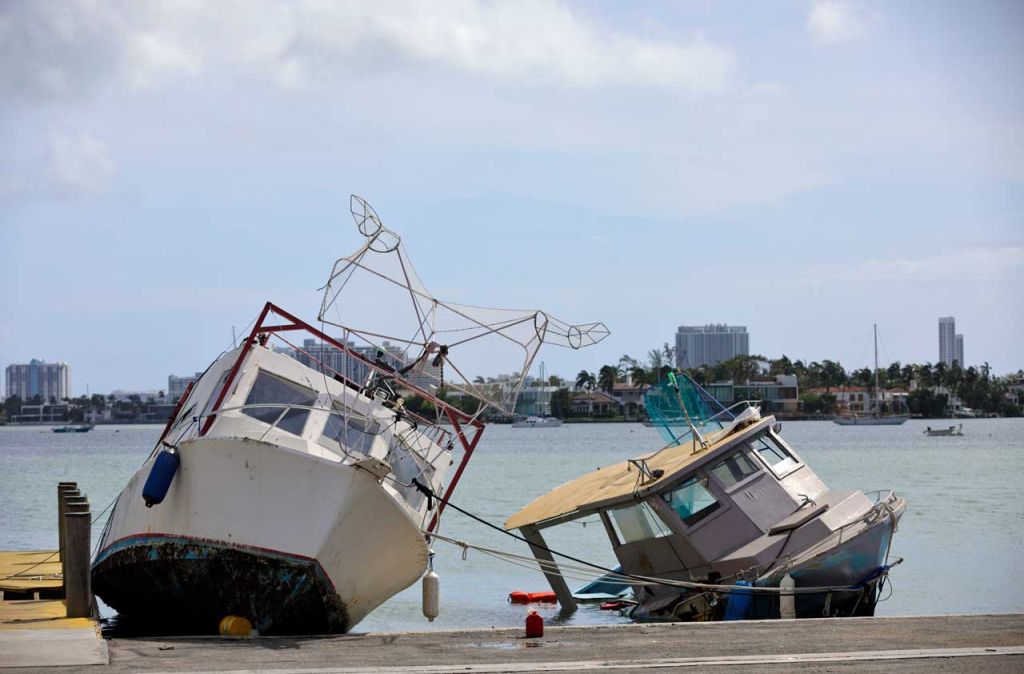
8: Hurricane Irma (2017), $64.0 billion in damage
- Deaths: 97
Irma first directed its wrath on two of the U.S. Virgin Islands, St. John and St. Thomas, devastating both while still a Category 5 storm. It had only weakened to Category 4 when it made landfall at Cudjoe Key, Fla., in September 2017. The Florida Keys were heavily impacted, according to NOAA, with 25% of buildings destroyed and 65% significantly damaged.
Wind and storm-surge damage occurred along the coasts of Florida and South Carolina, with Jacksonville experiencing the worst flooding in more than 200 years. Irma maintained a maximum sustained wind of 185 mph for 37 hours, the longest in the era of satellite observation.

7. Hurricane Helene (2024), $78.7 billion in damage
- Deaths: 219
Helene made landfall as a Category 4 hurricane in Florida in September 2024, causing 15 feet of storm surge around the Big Bend coast. The biggest damage, though, happened in an unexpected place: western North Carolina.
Asheville and the surrounding area were heavily impacted by massive flooding in the wake of 30+ inches of historic rainfall. Landslides and flooding devastated the area, which was underprepared for impact as a location not regularly struck by hurricane damage.
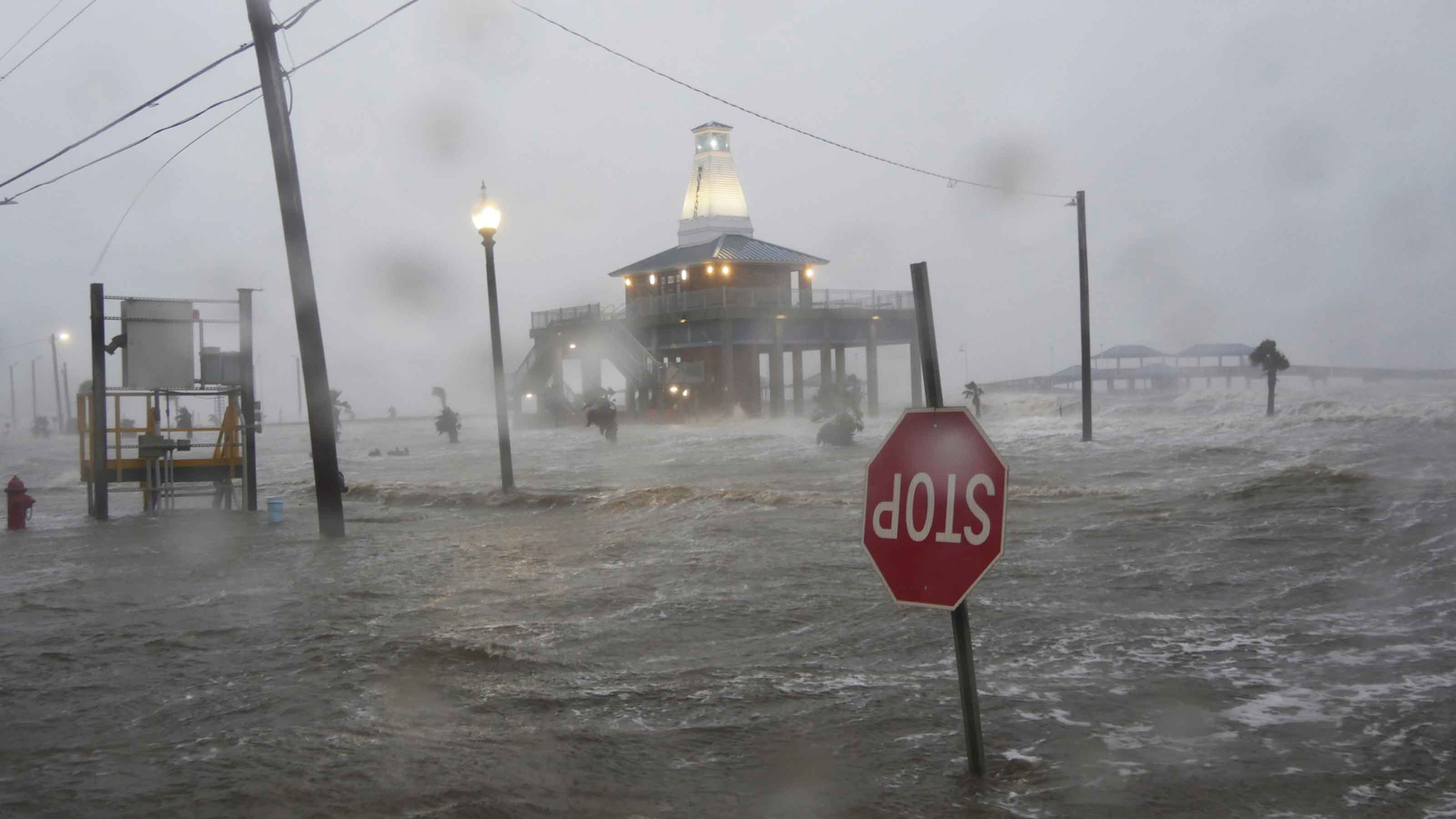
6. Hurricane Ida (2021), $84.6 billion in damage
- Deaths: 96
Another hurricane whose name starts with “I.” Not a coincidence, at least according to The Washington Post. Given the use of an alphabetical naming convention for hurricanes (a tradition that dates back to the 1950s, it’s simply a matter of timing that the “typical peak of the hurricane season between mid-August and the end of September,” which generates the most destructive storms, coincides with the middle of the alphabet.
According to NOAA, when Hurricane Ida struck near Port Fourchon, Louisiana, it was one of three hurricanes in recorded history to make landfall in Louisiana with 150 mph winds. “Heavy damage to the energy infrastructure across southern Louisiana causing widespread, long duration power outages to millions of people,” NOAA reported. “Parts of New Orleans were without power for nearly a week due to the widespread damage.”
And Ida didn’t just give Louisiana a bit of a flashback to Katrina’s impact — it managed to also remind the Northeast about Superstorm Sandy (next up in our rogue’s gallery). Ida joined up with a frontal system to drop inches of rain across a wide region from eastern Pennsylvania to New York. Flash flood emergencies were declared in New Jersey and New York for the first time, producing damage to homes, businesses, vehicles and infrastructure while also causing dozens of fatalities.
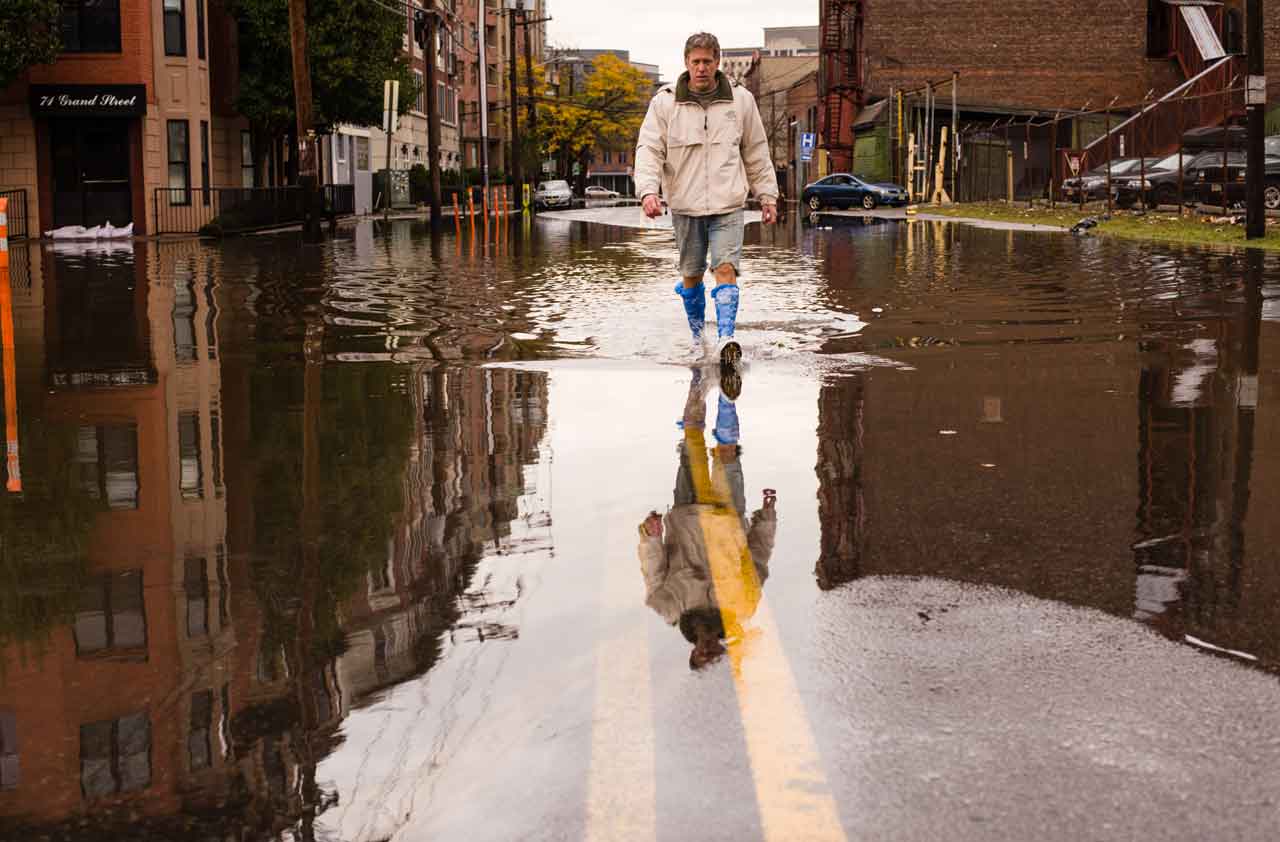
5. Superstorm Sandy (2012), $88.5 billion in damage
- Deaths: 159
Sandy was no longer a hurricane when it came ashore at Atlantic City, N.J., in October 2012. But the storm was still giant (in diameter), even if winds were off the mark. Furthermore, the landing of what became known as Superstorm Sandy happened at high tide, exacerbating the storm surge that brought waves inland and flooded large swaths of the northeast coast. Lower Manhattan was particularly hard hit, with the Brooklyn-Battery Tunnel completely flooded.
The New York Stock Exchange had to close for two days in a row, the first time that had happened since a snowstorm in 1888. Effects of the saltwater inundation lingered on the train tunnel that runs under the Hudson River, a critical link in the northeast’s transportation infrastructure.
New York and New Jersey bore the brunt, but all the coastal northeast states suffered extensive damage. Further inland, the storm merged with a developing nor’easter to pummel parts of the Appalachian ridge with wind, rain and heavy snow.
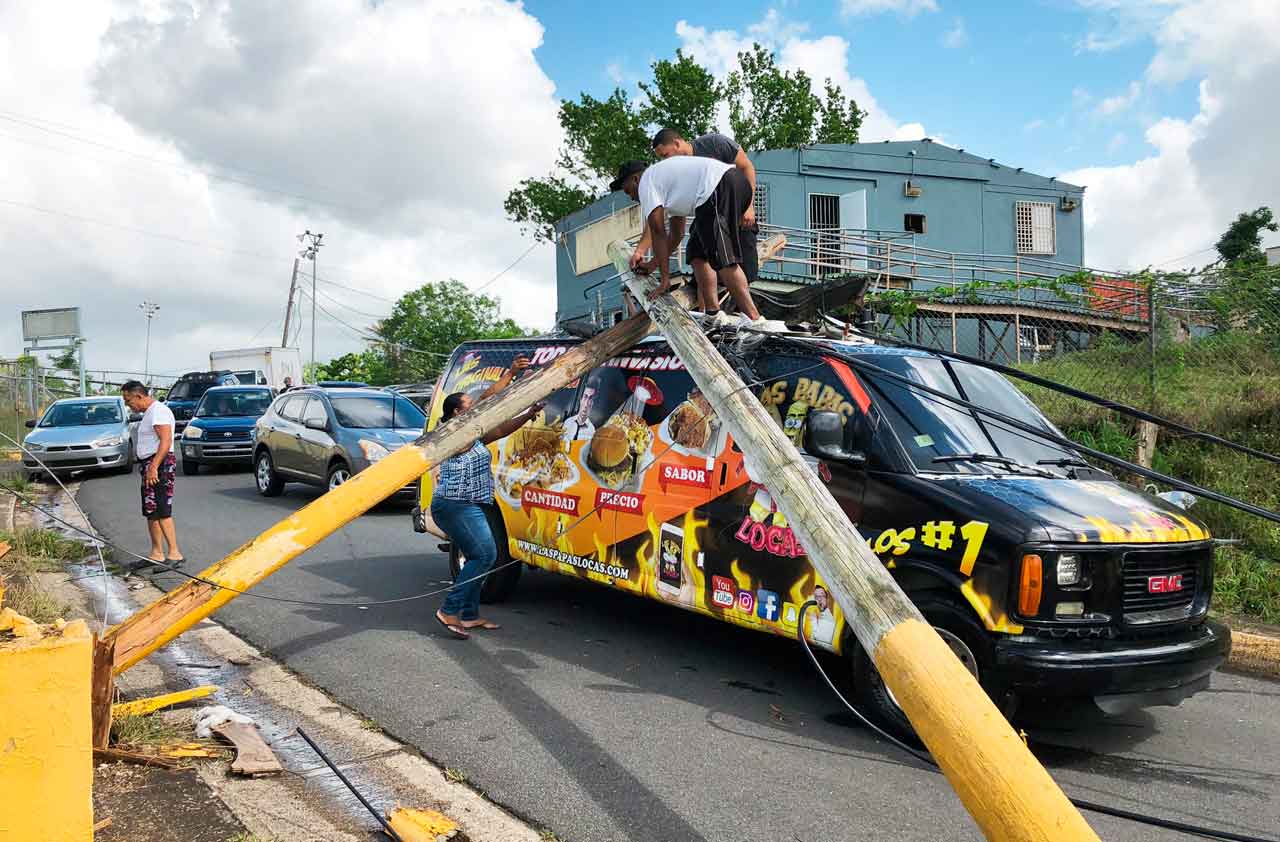
4. Hurricane Maria (2017), $115.2 billion in damage
- Deaths: 2,981
The last of 2017’s troika of Category 4 storms to hit the U.S., Maria will be most remembered for the damage it did to Puerto Rico (though it also struck St. Croix, the U.S. Virgin Island that had just been spared by Hurricane Irma). One of the deadliest storms to impact the U.S., with numerous indirect deaths in the wake of the storm’s devastation, Maria left the island’s transportation, agriculture, communication and energy infrastructure devastated.
Virtually everyone was left without power, and cellular communications were down as well, complicating rescue efforts. Extreme rainfall of up to 37 inches caused widespread flooding and mudslides across the island, and rebuilding took years.
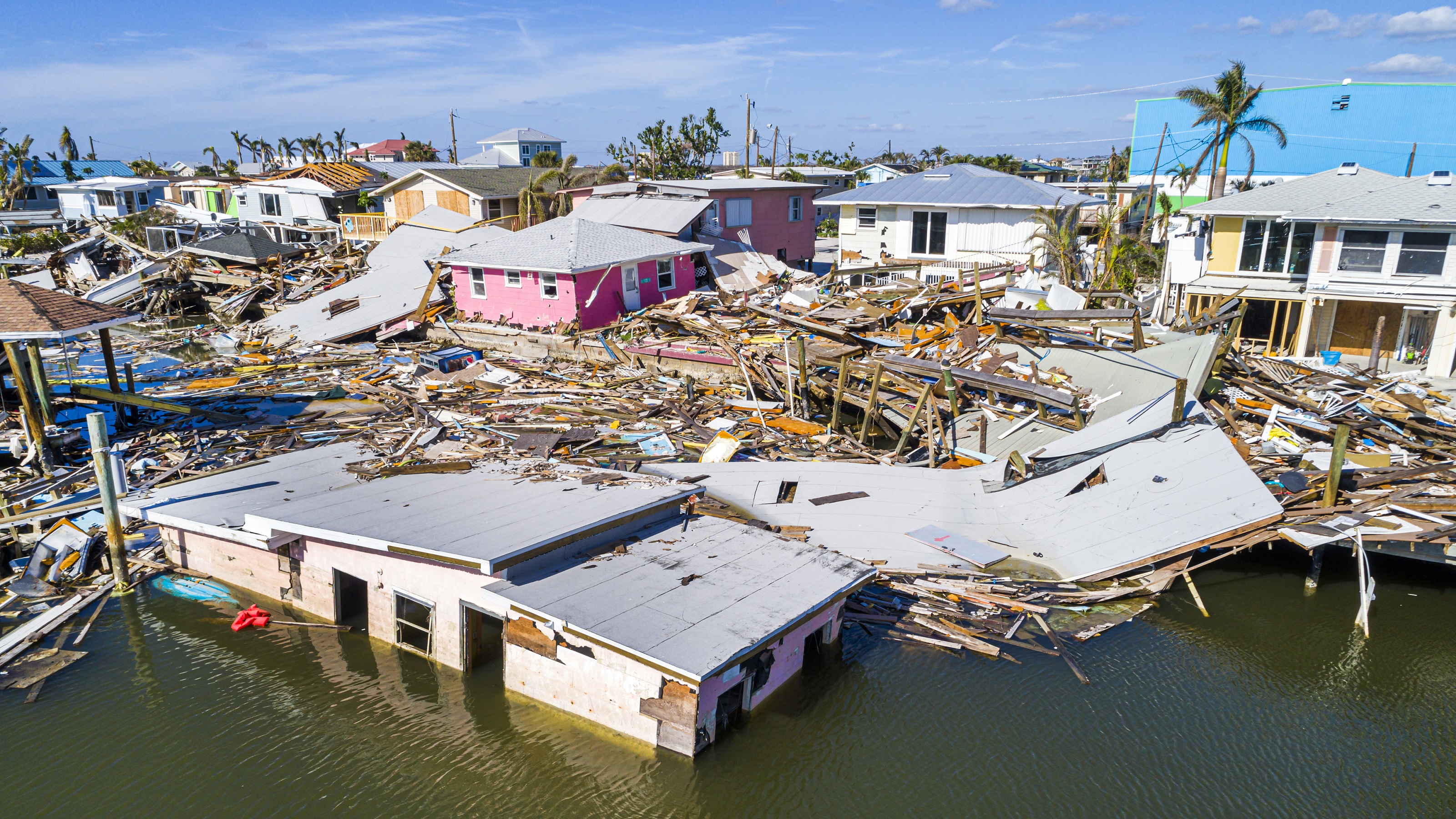
3. Hurricane Ian (2022), $119.6 billion in damage
- Deaths: 152
Hurricane Ian was one of the most powerful storms to hit the United States, with massive storm surges lashing Florida’s southwest coast, along with high winds and flooding across the state. It slammed into Cayo Coast, Florida, bringing destruction to barrier islands like Sanibel, Pine and Fort Myers Beach.
There was also over 20 inches of rainfall in some places. The destruction was deadly. At least 149 people died from the hurricane, according to the Florida Department of Law Enforcement, primarily from drowning. After crashing through Florida, the storm made landfall again as a tropical storm near Myrtle Beach in South Carolina, bringing additional damage to the Carolinas.
In total, according to the National Oceanic and Atmospheric Administration, the storm caused $119.6 billion in damage, making it the first hurricane to cause more than $100 billion in insured and uninsured losses in Florida, according to NOAA.
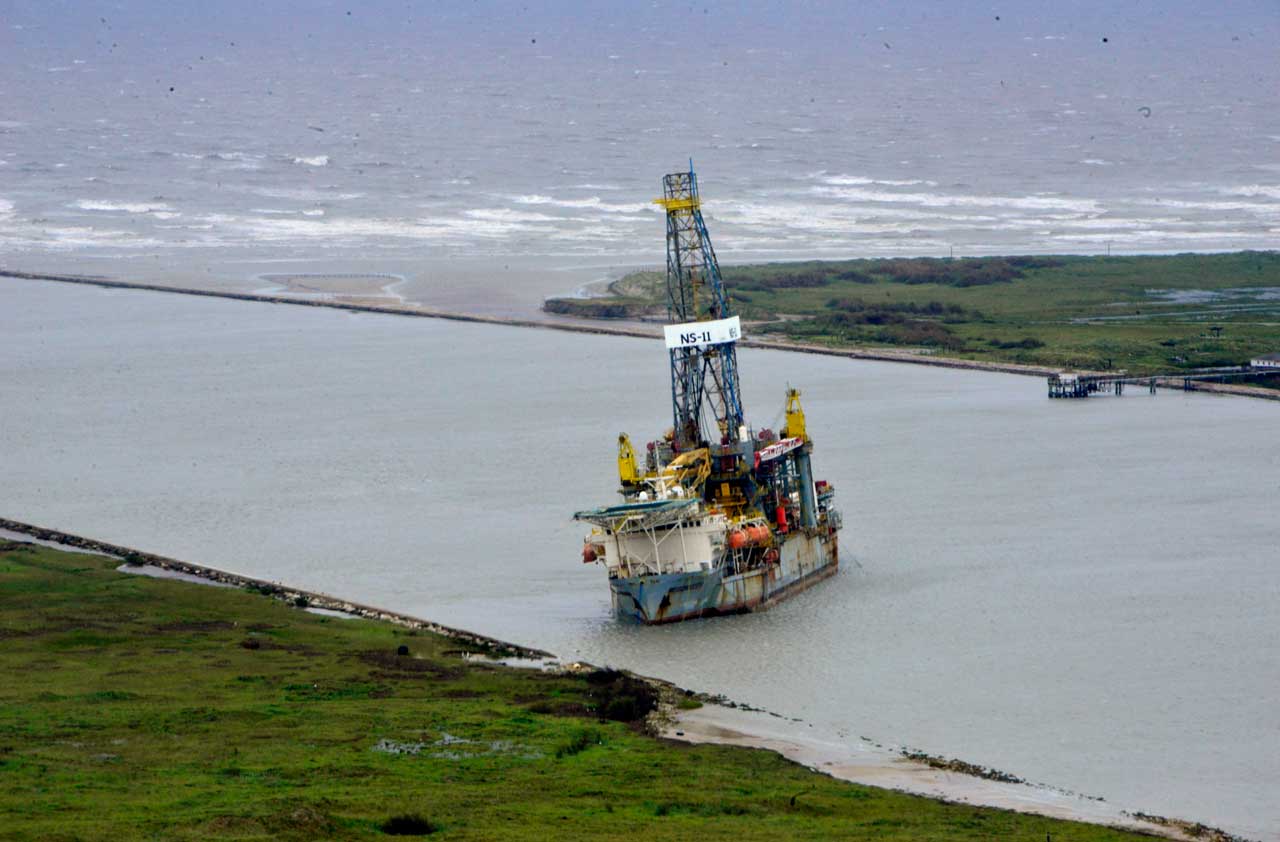
2. Hurricane Harvey (2017), $160.0 billion in damage
- Deaths: 89
Hurricanes cause damage due to a combination of wind, storm surge and rain, but the proportions vary. In Hurricane Harvey’s case, it was the extreme rainfall; once the storm lurched ashore near Rockport, Texas, (as a Category 4) in August 2017, it stalled over one of the most densely populated areas of the Gulf Coast.
Per NOAA, the storm was the most significant tropical cyclone rainfall event in U.S. history — both in scope and peak rainfall amounts — since reliable rainfall records began around the 1880s. A frog-strangling 60 inches fell on Nederland, Texas, but high water levels were widespread, with more than 30 inches of rain falling on 6.9 million people. The result was massive flooding that displaced more than 30,000 people and damaged or destroyed more than 200,000 homes and businesses.
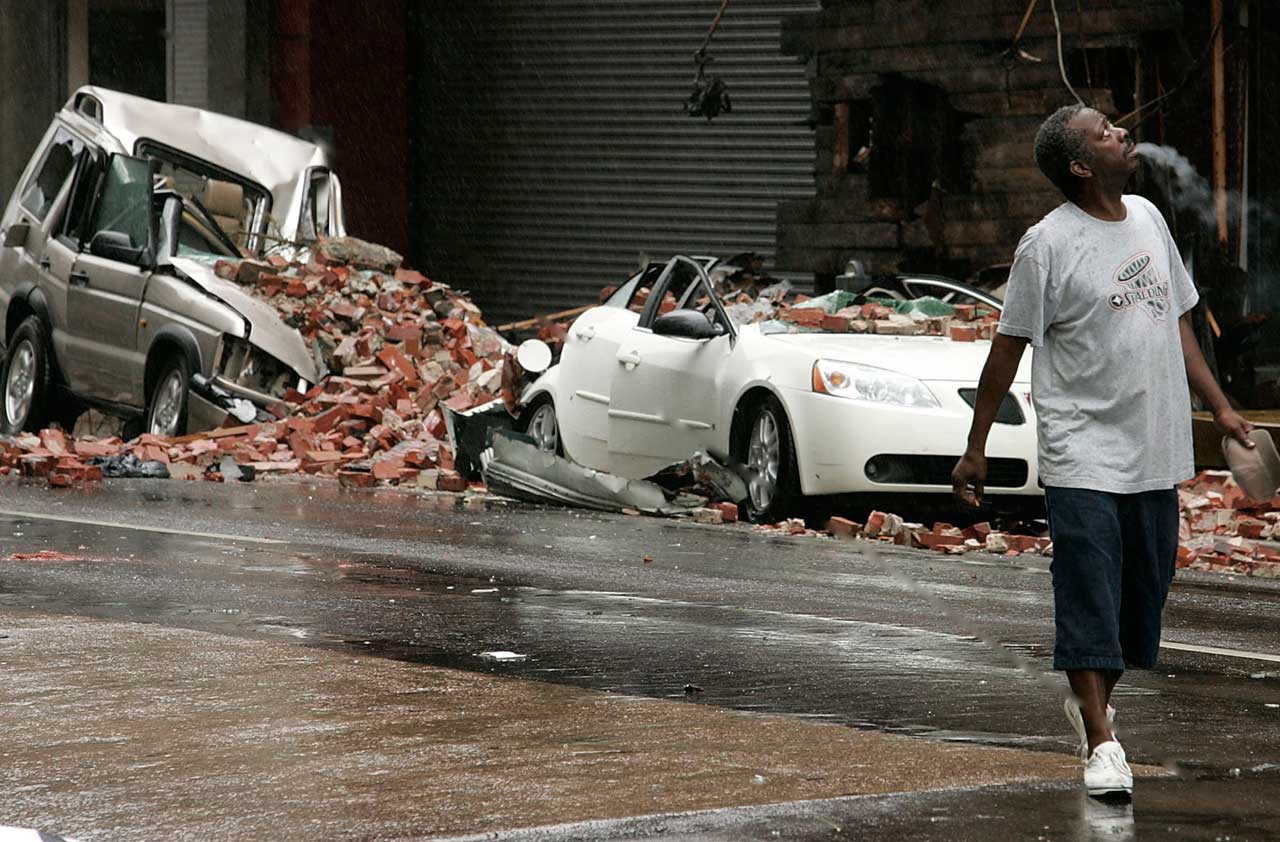
1. Hurricane Katrina (2005), $201.3 billion in damage
- Deaths: 1,833
Hurricane Katrina will long be remembered for its cost in lives and dollars, as well as the harder-to-measure human suffering it brought to the Louisiana, Mississippi and Alabama coasts — in particular, New Orleans.
Striking the northern Gulf Coast as a Category 3 storm, Katrina weakened quickly, but not before bringing with it a storm surge that in some places exceeded 20 feet, overtopping many levees and seawalls meant to protect the low-lying area. About 80% of the city of New Orleans flooded, to varying depths, within a day or so after landfall of the eye. With so many houses destroyed, many who fled never came back; the city’s population is still below its pre-storm levels.
Along the coast, the storm surge was exacerbated by heavy waves, a leftover from when Katrina had reached Category 5 strength while over the Gulf. Coastal structures — including many oil rigs — were battered.
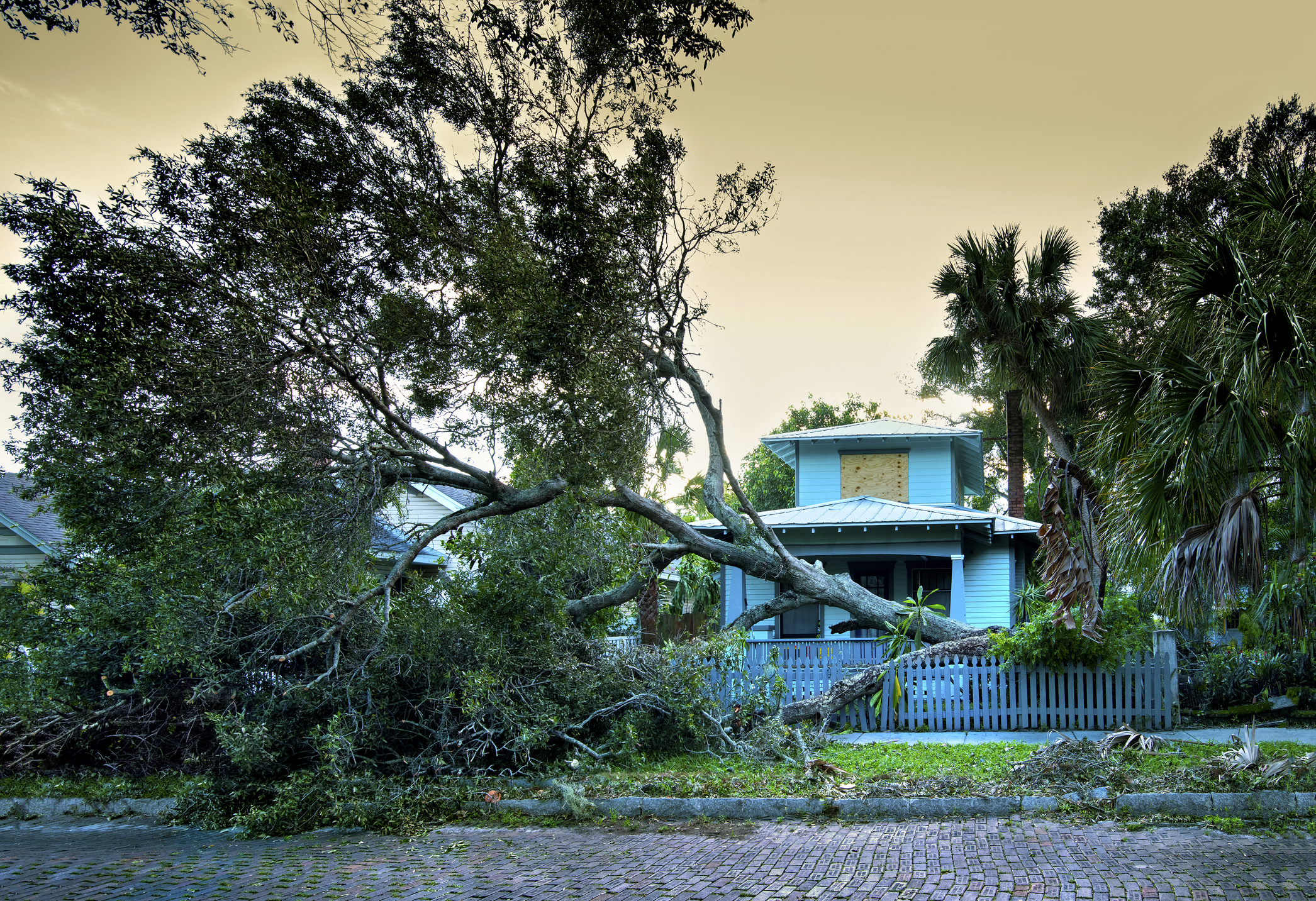
Storm preparedness
When it comes to insurance for disaster-prone areas, it can be more difficult to obtain but there are options, as Kiplinger previously reported. That's true even though some insurers are restricting coverage in places like California and Florida in the wake of natural disasters there.
Check your emergency kit and have a financial plan in place in case you have to evacuate. That emergency kit can include items like masks, water filters and, of course, a first aid kit.
There are ways to prepare for hurricanes and other natural disasters, including by clearing your rain gutters and keeping storm shutters maintained, depending on where you live.
Related Content
Profit and prosper with the best of Kiplinger's advice on investing, taxes, retirement, personal finance and much more. Delivered daily. Enter your email in the box and click Sign Me Up.

In his former role as Senior Online Editor, David edited and wrote a wide range of content for Kiplinger.com. With more than 20 years of experience with Kiplinger, David worked on numerous Kiplinger publications, including The Kiplinger Letter and Kiplinger’s Personal Finance magazine. He co-hosted Your Money's Worth, Kiplinger's podcast and helped develop the Economic Forecasts feature.
- Alexandra SvokosDigital Managing Editor
-
 My Four Pieces of Advice for Women Anxious About Handling Money
My Four Pieces of Advice for Women Anxious About Handling MoneyTalking about money can help you take control of your finances.
-
 Did My Over $50,000 Starbucks Habit Brew Up a Retirement Savings Disaster?
Did My Over $50,000 Starbucks Habit Brew Up a Retirement Savings Disaster?The real retirement cost may not be as devastating as it seems.
-
 Costco Gold Bars Keep Selling Out. Are They a Smart Investment?
Costco Gold Bars Keep Selling Out. Are They a Smart Investment?How Costco's bullion program works, how to get the best deal and whether it makes sense for investors.
-
 Medigap vs. Medicare Open Enrollment: What's the Difference?
Medigap vs. Medicare Open Enrollment: What's the Difference?Nearly 10,000 people in America turn 65 every day. Why is that significant? It signals Medicare eligibility and shines a light on Medicare supplement insurance, known as Medigap.
-
 A Financial Planner's Guide to a Stress-Free Adventure Abroad
A Financial Planner's Guide to a Stress-Free Adventure AbroadStart by looking at flight/accommodation costs, have a flexible schedule, seek out credit card rewards, prep for health issues and plan to cook your own food.
-
 I'm a Financial Planner: This Is How Smart Women Can Plan for Financial Freedom Despite Life's Curveballs
I'm a Financial Planner: This Is How Smart Women Can Plan for Financial Freedom Despite Life's CurveballsProactive planning and professional guidance can help to build your confidence and give you clarity when you're navigating major life transitions.
-
 I Inherited $50,000, and My Retirement is Fully Funded. Where's the Best Place to Store It for Maximum Growth?
I Inherited $50,000, and My Retirement is Fully Funded. Where's the Best Place to Store It for Maximum Growth?These savings solutions can help you maximize returns without the risk.
-
 The Best (and Worst) Airlines for Flight Delays and Cancellations
The Best (and Worst) Airlines for Flight Delays and CancellationsWhich airlines should you book and which should you avoid if you want to make it to your destination on time?
